Caribbean ports must now plan for a transition
By Jesper Goodley Dannisøee and Danker Kolijn
Aside from facilitating trade and throughput of cargo, there are secondary benefits from a seaport, such as access to cruise-tourism, supporting national security and sovereignty, and a broad range of economic and employment opportunities. Several of the countries have separate ports for cruise ships and for the commercial import/export activities, each with specific requirements.
Requirements of more sustainable and greener solutions will become increasingly urgent, as national economies implement adaptation plans to address Climate Change impacts, often with limited resources and challenging constraints.
Climate Change
Resilience solutions are likely to come from both commercial and public entities both locally and from international partners abroad. There is a growing understanding and appreciation that Climate Changes may pose new challenges to ensure survival of current and future investments under changing climate conditions.
Until recently, the idea of sustainability was tied to the ‘financial sustainability’ or ’rentability’ of an investment. But this gradually shifted to include both economic and environmental sustainability, where avoidance of depletion of natural resources for maintaining an ecological balance has become one of the critical drivers to guiding investment decisions. To some extent the same has happened to ’resilience’, which has also shifted, from being a concept which describes a general capability to recover, to a new understanding that describes the capability of both withstanding and recovering from Climate Change impacts.
In the very near future all ports must plan for a transition to being able to operate and yet reduce their impact on nature. Further, ports must prepare to be able to sustain and survive Climate Change impacts, including: sea-level rise; increased frequency and intensity of hurricanes and drought. In this regard it should be noted that, recently, the Caribbean region has seen some of the most intense hurricanes on record.
First of all
So, what does it take for a Caribbean port authority to move towards sustainability, trying to play its part in a rapidly changing climate and an uncertain future? First of all, it is essential for port authorities to develop a strong operational and asset baseline for which plans can be developed and change tracked and monitored. Many port authorities already have information at hand that empower them to scrutinize all assets and operations of the port. For example, energy audits (i.e., use of electricity, fuel etc.) and water audits (to establish what is water being used for; how much drinking water; how much wastewater; treatment systems, etc.) help a port authority to understand where these resources are coming from and whether the current use of resources can be optimised.
As we are still mainly in a fossil fuel-based era, not everything can be changed to ‘green’ overnight. One of the reasons is limited access to greener alternatives like electric trucks and cranes. But a plan for sustainability could include plans for gradual investments in solutions based on renewable energy like solar or wind energy. However, as the port is often an integral part of the society, it will most probably require a change of the whole society.
Green ports which invest and encourage the application of environmentally friendly and sustainable operations, are making steps, big and small, to advance a sustainable maritime industry. Useful information is already available within the industry, which means that you do not have to invent the wheel for yourself. Further, it is essential to build strong alliances and partnerships across the Region so as to learn from one another and to implement best practices and knowledge when developing and implementing sustainability measures.
The launch of a collaboration community among Caribbean the ports, to share knowledge and experiences and maybe also meet for regional studies on climate impacts could provide a forum in which to share and champion best practices in sustainability measures within the Region. Your colleagues in the industry are usually the best resource to achieve a common goal. Unfortunately, there are no quick-fixes available but, working together can get you there faster.
Some changes may be easier if you are willing to start optimising use of existing resources. This could mean reducing electricity consumption; reducing water consumption by minimising use for cleaning and flushing. Simple optimizations may go hand-in-hand with savings.
Resilience
And what about the resilience?
Resilience comes in many forms. Be it societal, economic or infrastructure resilience, each must be considered for Caribbean communities where these elements are more inter-linked than anywhere else on Earth. What happens in the port directly affects national economies and entire societies; and, vice versa. Therefore, a ‘resilient society’ and a ‘resilient economy’, require a ‘resilient port’.
Both the organisation and the infrastructure supporting it must be resilient. A port will have to work with its stakeholders and staff to establish consensus about what resilience means for that particular facility. For example, how will staff members support port operations directly after a hurricane, when they must first attend to family? How can the port community take care of each other so that they can take care of the needs of the country? All of these questions require careful consideration and planning, which is often facilitated by local disaster management agencies, government, NGOs, and the port authority.
Globally, most ports were built a long time ago and likely may have undergone changes and upgrades over time. Although well established, we now know that such infrastructure will have to be prepared for future Sea Level Rise and changes to storm intensity and activity. It is neither realistic nor practical to finance and build a port to withstand both Sea Level Rise and future storms to up to the year 2100. It is preferable to build smart and flexible infrastructure, which can be easily adapted and modified, in regular intervals, to keep up with the demands of Climate Change. For example, one can build a wharf which has the capacity to be regularly raised, as sea levels increase.
Access
Another important consideration is access to the port, from both land and sea.
 Roads connecting the port to inland communities must be resilient to flash floods, mudslides, shoreline erosion, and other natural forces which can reduce the flow of critical goods and services from and to the Port. On the marine side, navigation channels also require resiliency planning. For example, with more regular monitoring and data analysis of channel morphology, a port authority can begin to develop siltation forecasts to plan dredging programmes further in advance, including preventative maintenance dredging.
Roads connecting the port to inland communities must be resilient to flash floods, mudslides, shoreline erosion, and other natural forces which can reduce the flow of critical goods and services from and to the Port. On the marine side, navigation channels also require resiliency planning. For example, with more regular monitoring and data analysis of channel morphology, a port authority can begin to develop siltation forecasts to plan dredging programmes further in advance, including preventative maintenance dredging.
In the Caribbean, ports are usually integrated within communities and cities. And important industries such as fisheries and light-manufacturing share port lands. Therefore, a port’s plans to address resilience and sustainability must also include these communities and stakeholders. For example, it may not be enough to increase only the above-sea level of a jetty or wharf. It may also be necessary to consider the adjoining infrastructure and the impacts on neighbors, tenants and communities along the same shoreline.
The exposure of one port may differ from another, depending on prevailing winds or wave directions and also whether the port is situated in a bay that has natural protection. Nature-based systems like reefs and mangroves can offer protection.
Mangroves
The concept of nature-based-solutions has become increasingly popular in shoreline management and flood protection. Mangroves, well known to reduce storm surge effects, are also capable of providing a range of natural services, like carbon capture and storage; coastal protection; and, very important protective nursery ground, habitats and refuge for many species of mammals, birds, reptiles, fish, shellfish and mussels.
Unfortunately, large areas of mangrove across the region have disappeared, leaving the coastline and infrastructure exposed to waves and winds.
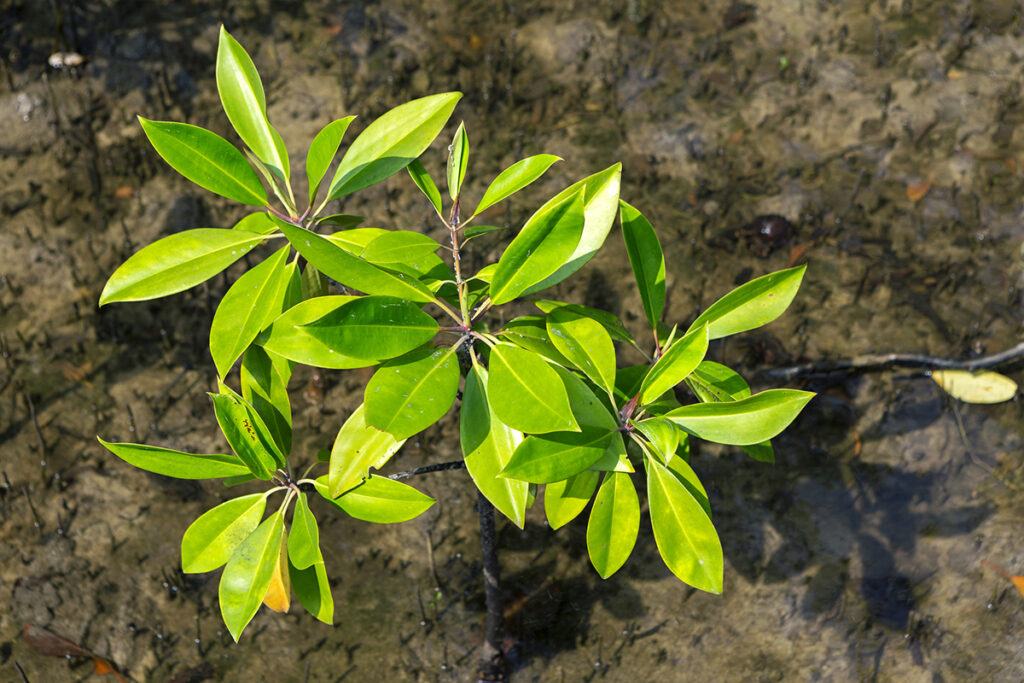
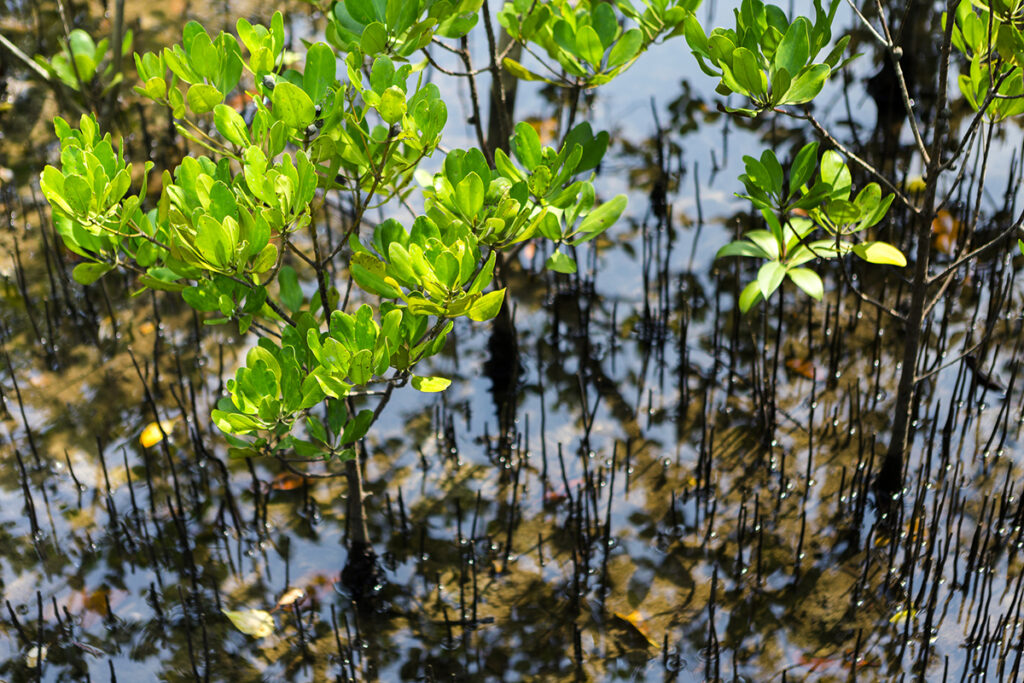
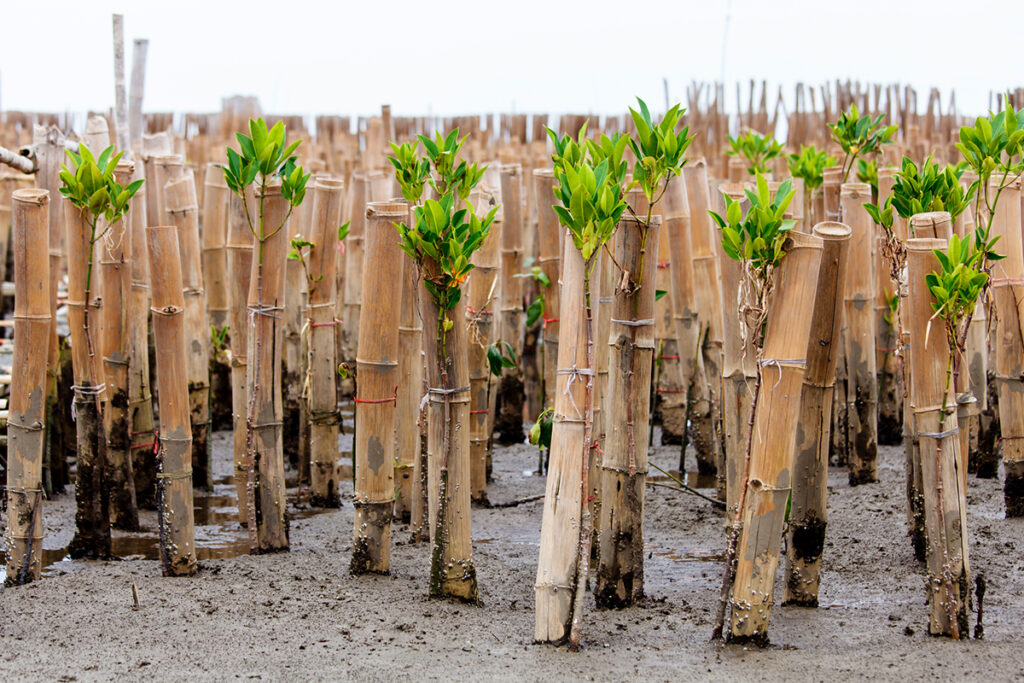

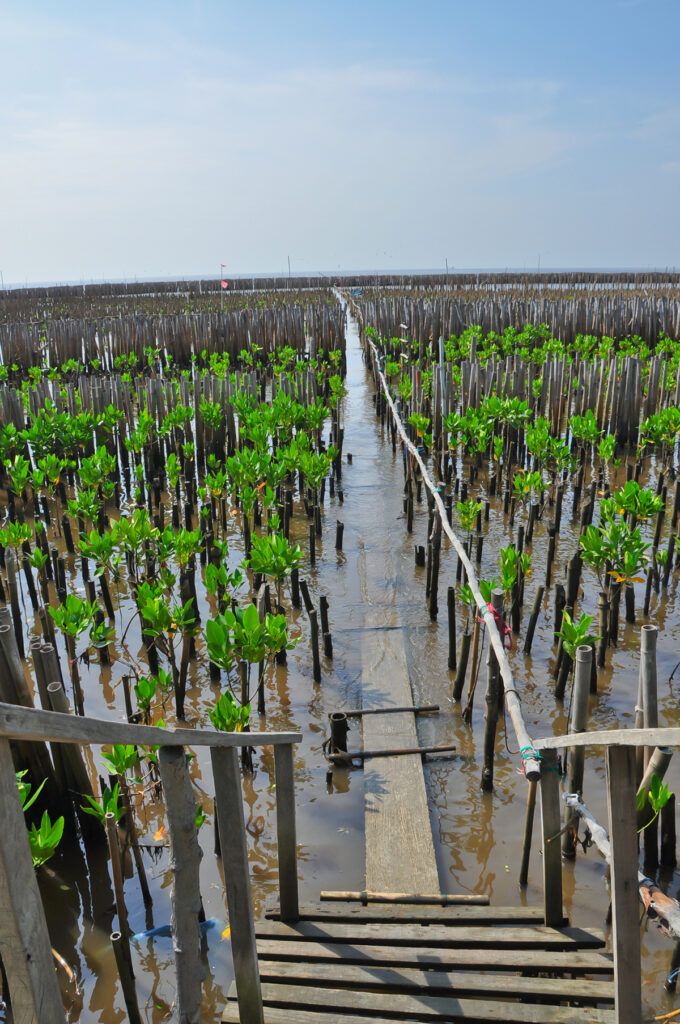
Although nature-based solutions that use restoration and planting of new mangrove, coral and seagrass species is a preferred option, it is often impractical or difficult to achieve. For example, effective mangrove restoration which can offer coastal protection, requires the successful propagation of a very large region of mangroves. This is often not feasible within the small footprint of a port. Further, the certainty required for the performance of the mangroves to offer infrastructure protection, cannot be guaranteed by a nature-based solution which is dependent on many factors such as water quality and active management.
Therefore, hybrid solutions that combine green and grey component are often used. These can be more successful, combining both the best parts of the natural and built systems. For example, a small rubble mound sill or rock embankment protecting a marsh area, which offers both shoreline stability and erosion protection during storms.
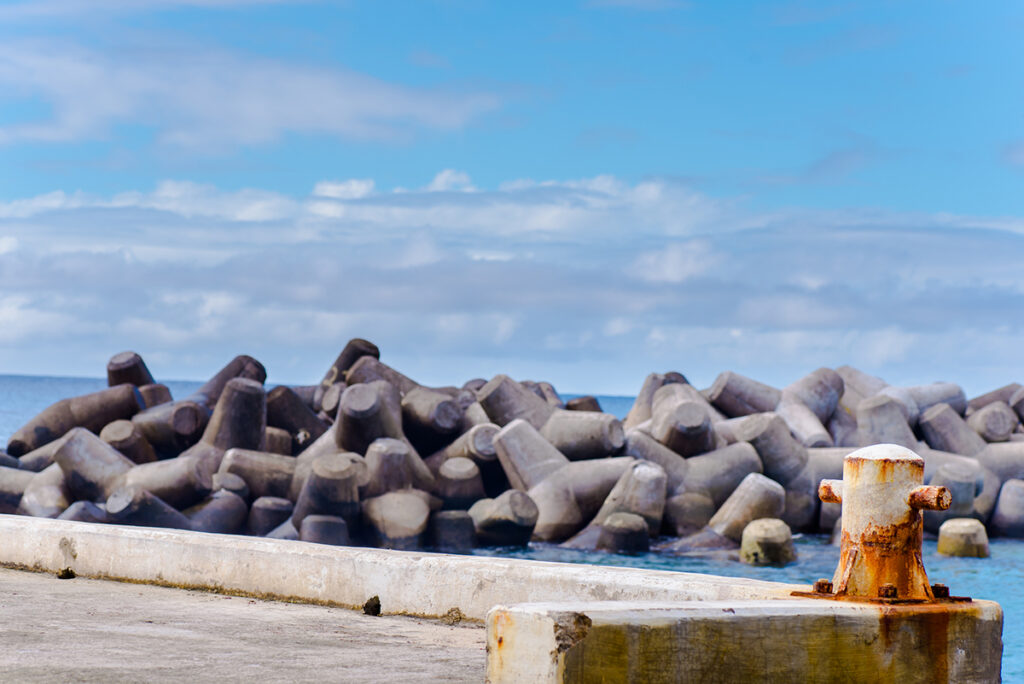
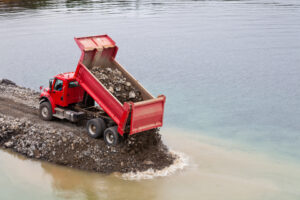
There is no time to waste. If ports want to be both sustainable and resilient. it will require a lot of work. Climate Change and Sea Level Rise are tough realities of now and the future and, as no quick-fixes are available, action towards securing critical infrastructure and working with mitigating measures, like using nature-based solutions, must start immediately. []
- First published December 1, 2022.

- Jesper Goodley Dannisoee of DHI Offshore Environment, is a marine biologist and senior project manager (marine ecology and climate change), with experience in more than 45 countries, including the Caribbean.

- Danker Kolijn, a coastal engineer with Port Industry experience across the Caribbean, is Head of Marine & Coastal Solutions for DHI Water and Environment, Inc. in the Americas.





